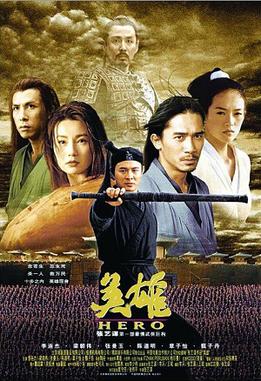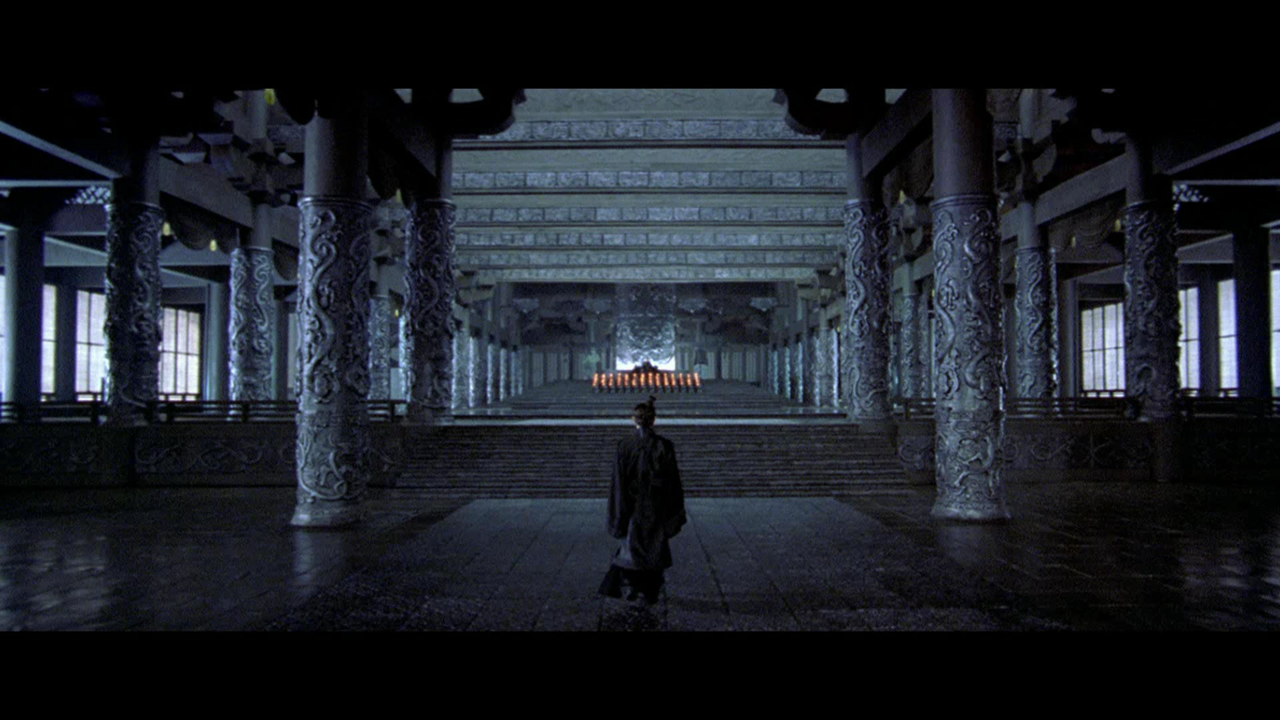
‘Old Boy’ was originally a Japanese manga series written by Garon Tsuchiya and illustrated by Nobuaki Minegishi. The manga was loosely adapted into an award-winning South Korean film, directed by Park Chan-wook in 2003. In South Korea, the film was seen by more than 3 million film-goers and ranked fifth for the highest-grossing film in 2003.
The story begins when a drunkard Oh Dae-su (Choi Min-sik) was kidnapped and confined to a room that seemed of a shabby hotel. The room had a bed, shower, desk and even a television, but was fortified with a metal door that had a slot so that his captors could slide in his meals on a tray. Occasionally, a tune would be played before gas would be released into the room where Dae-su would regain consciousness to a cleaned room, new set of clothes and a haircut.
This continues for days, followed by months and years without Dae-su finding out who has done this to him or why. Throughout his years, Dae-su watched TV as it became his world – a source of entertainment, knowledge and time. He learned that his wife was murdered and that his daughter had been adopted. His fingerprints were found at the scene, meaning that even if he escaped, he would be a wanted man. Much of his time was further spent filling notebooks with names of potential enemies and training to fight (imitating action scenes on tv) by punching and kicking the wall which led to the development of calluses on his knuckles.

Dae-su then finds himself free which was part of his captor’s plan to make him think he escaped (from hypnotism). He is now a different person, whose focus is only on revenge and to find out who captured him and why they did it. Dae-su then wandered into a sushi restaurant where he recognised a young woman from TV who was the ‘chef of the year’. Dae-su then wanted Mi-do (Gang Hye-Jung) the female sushi chef to serve him something ‘alive’. Which was the live octopus that Dae-su tore apart with his mouth and tried to eat before passing out.

Personally, I felt that this scene was a representation of Dae-su’s hunger for revenge – clenching his fist tightly around the live octopus while chewing off it’s head. Not forgetting the reinforced knuckles from his training.
Park finds himself in Mi-do’s home waking from a blackout. She heard his story, cared for him and ultimately fell in love with him. Dae-su, with the help of Mi-do, then started a methodical search to track down the location of his captors.
Eventually, he found the hotel that where he was held for 15 years. Compelled by his desire for revenge, he removed one tooth for every year that he was imprisoned from the warden of the prison-hotel.

He enters a hallway after to find it filled with gangsters who ran the place. Dae-su then gets into a massive fight between what seems to be over 20 men and emerged victorious, albeit taking a knife through the back mid-fight.
In my opinion, this fight scene was brilliantly choreographed and shot – Dae-su appearing sharp in combat from years of his mind and physical training, as well as clumsiness from exhaustion while taking huge blows from the gangsters (a knife in the back).
This made Park appear to be a hero, only to be crushed as the story unfolds. It is also the part of the film where it isn’t a mystery anymore and becomes more of a tragedy.
To sum it up, Oldboy is a film that incorporates a puzzle plot which includes forking paths in the story. It is intense and dark (gore, violence and perversion), but also moving. Personally, I recommend that everyone should watch this film at least once, because it also highlights the capability of Asian cinemas as compared to top rated Hollywood films.

“Laugh and the world laughs with you. Weep and you weep alone.”
– Park Dae-su



























